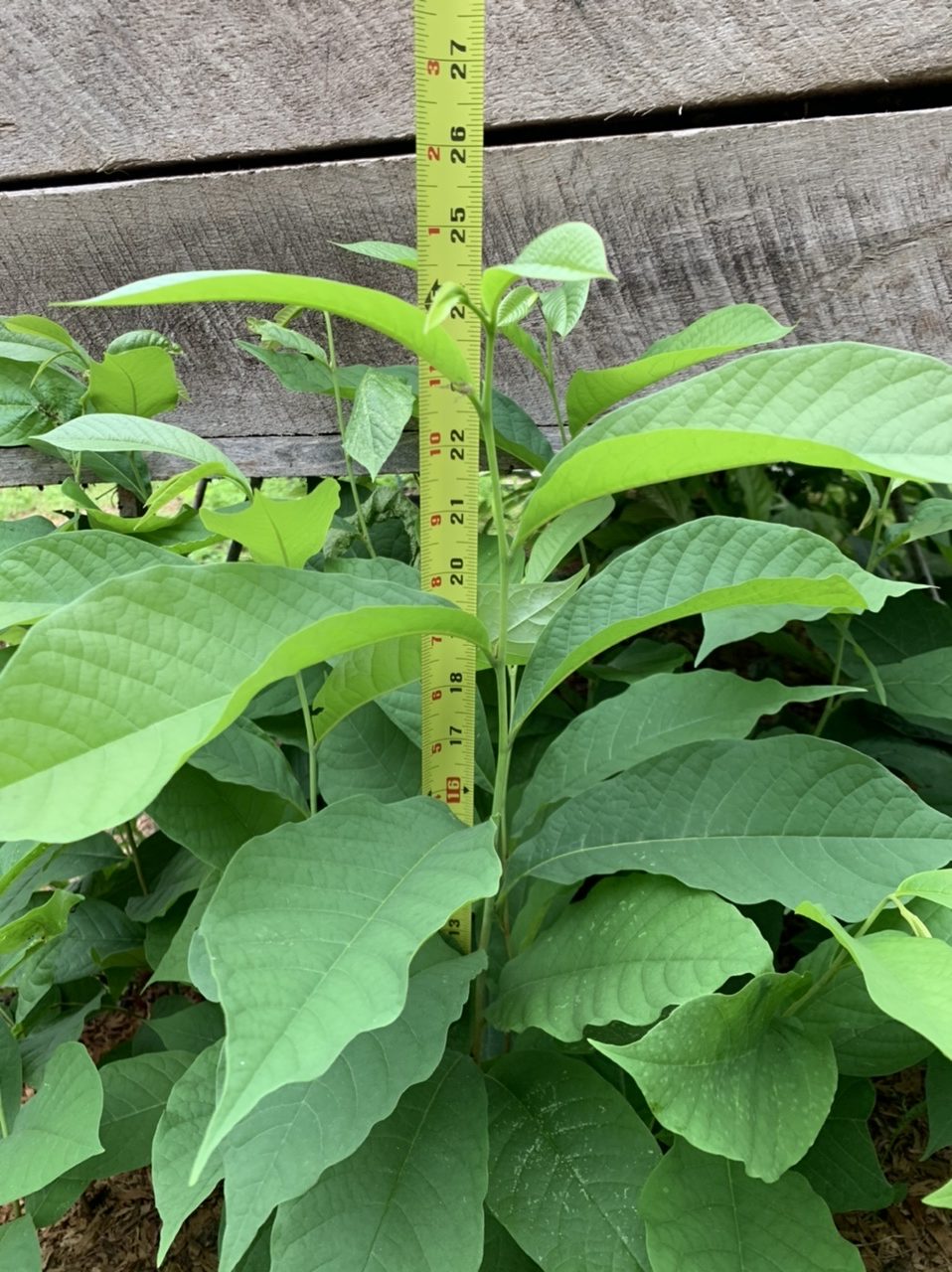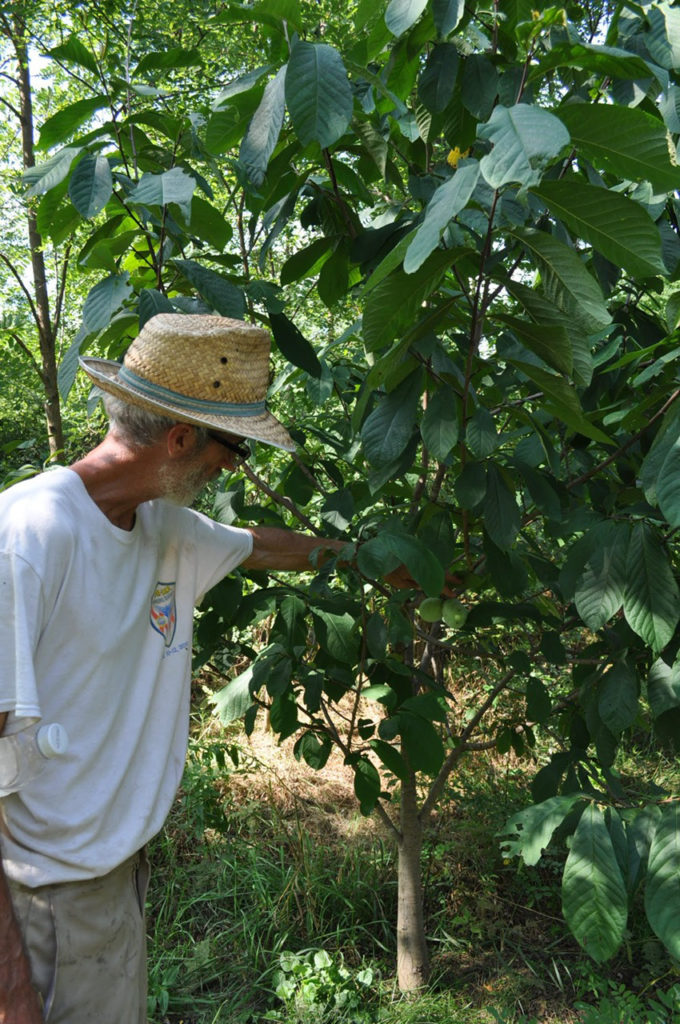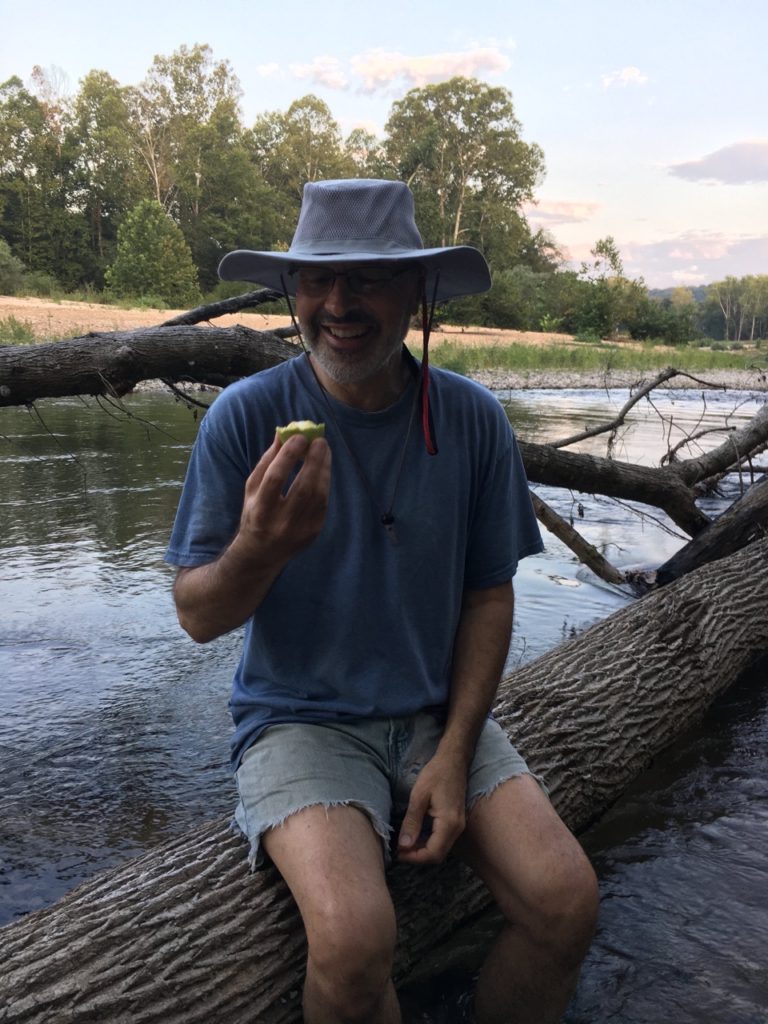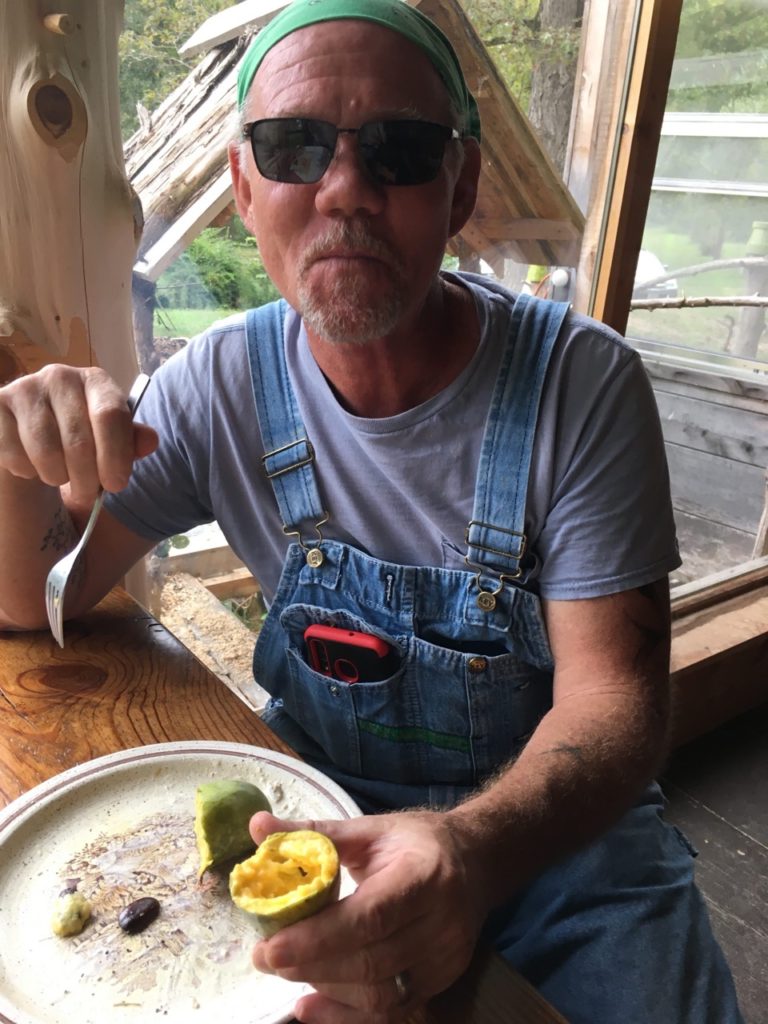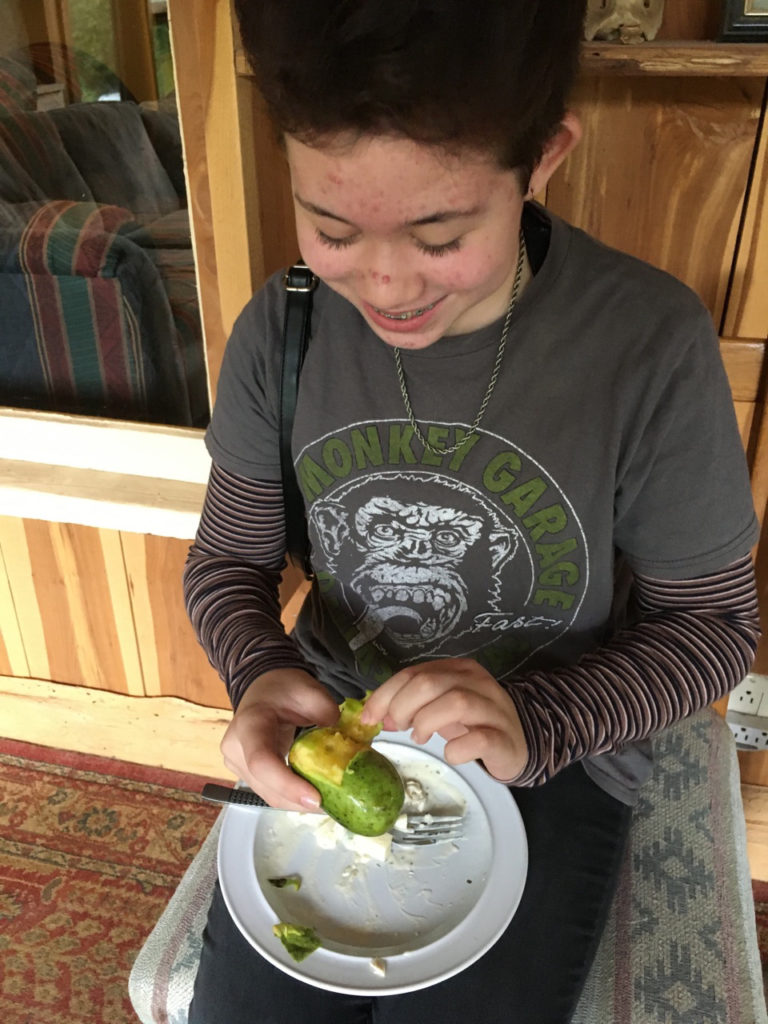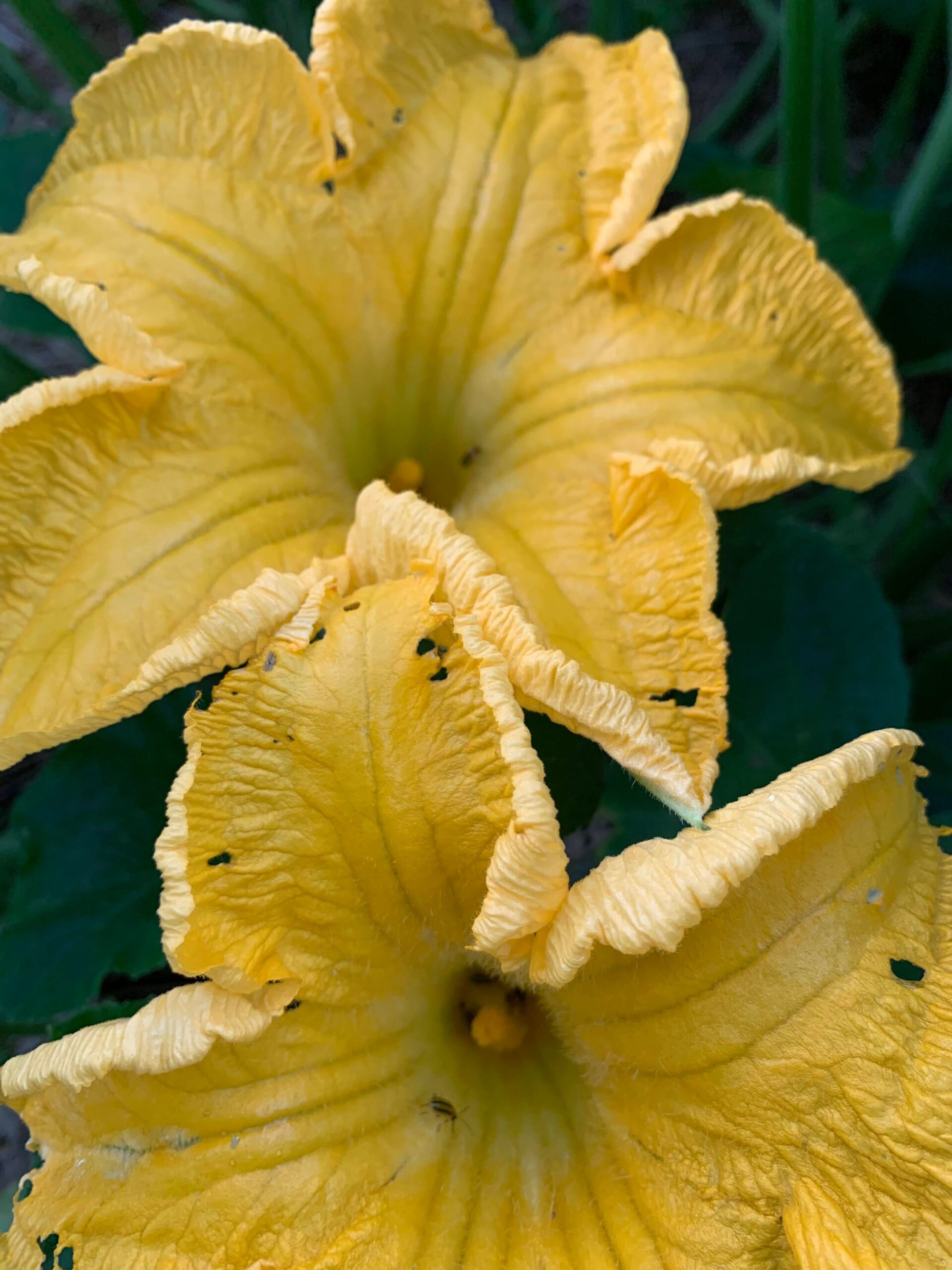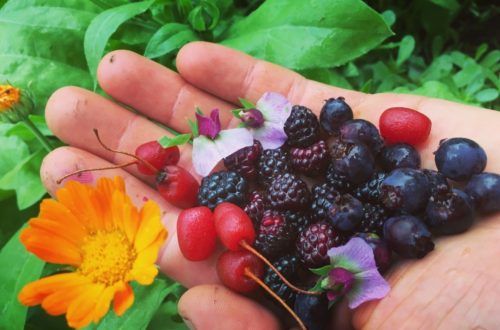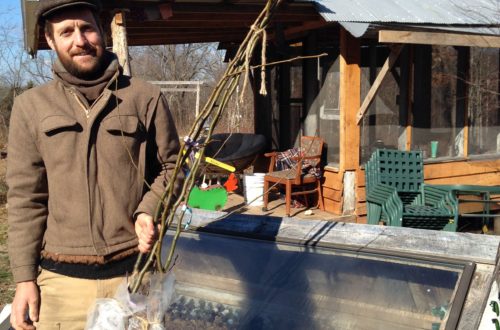Pawpaw: From Forgotten Woodlands to Center Stage
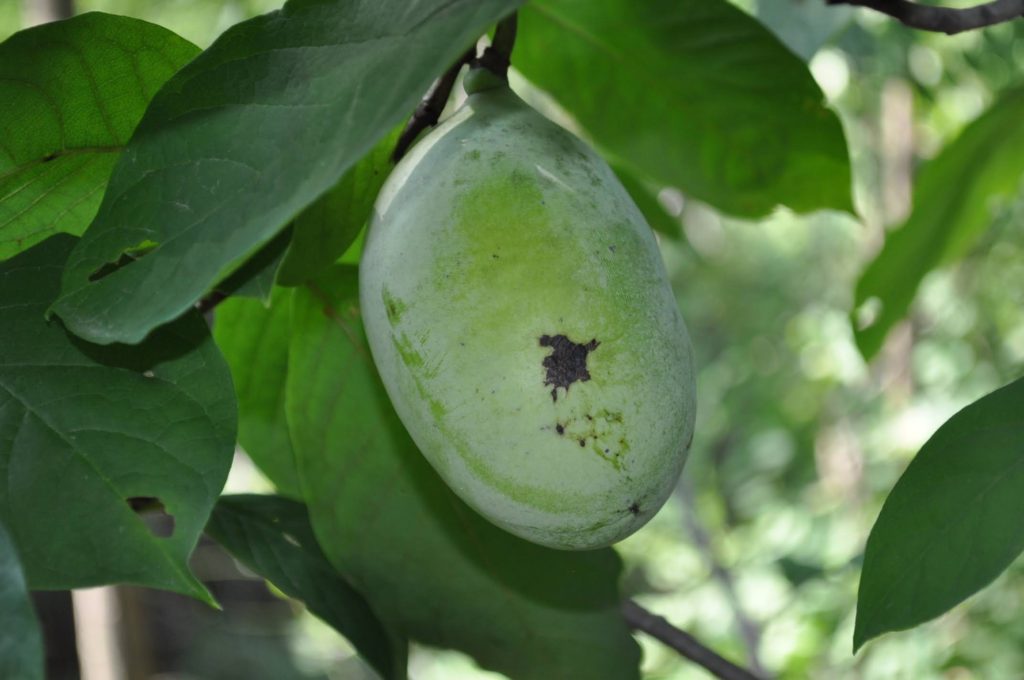
Could you imagine a tropical-esque fruit tree native to 26 states falling into obscurity? A fruit with flavor profiles ranging from melon to citrus to custard and a texture akin to mango. Sounds unbelievable but pawpaws nearly suffered this fate and are now enjoying a resurgence in popularity, and for good reason!
Once as common and well know as apples are today, pawpaws were nearly forgotten until recently. A massive cultural shift away from land based living compounded upon development and habitat destruction reduced pawpaws’ place in the lives of the common folk. We stopped going to the woods for food and medicine, began participating in a more globalized economy and did away with many of the cultural practices that tied us to seasons and places.
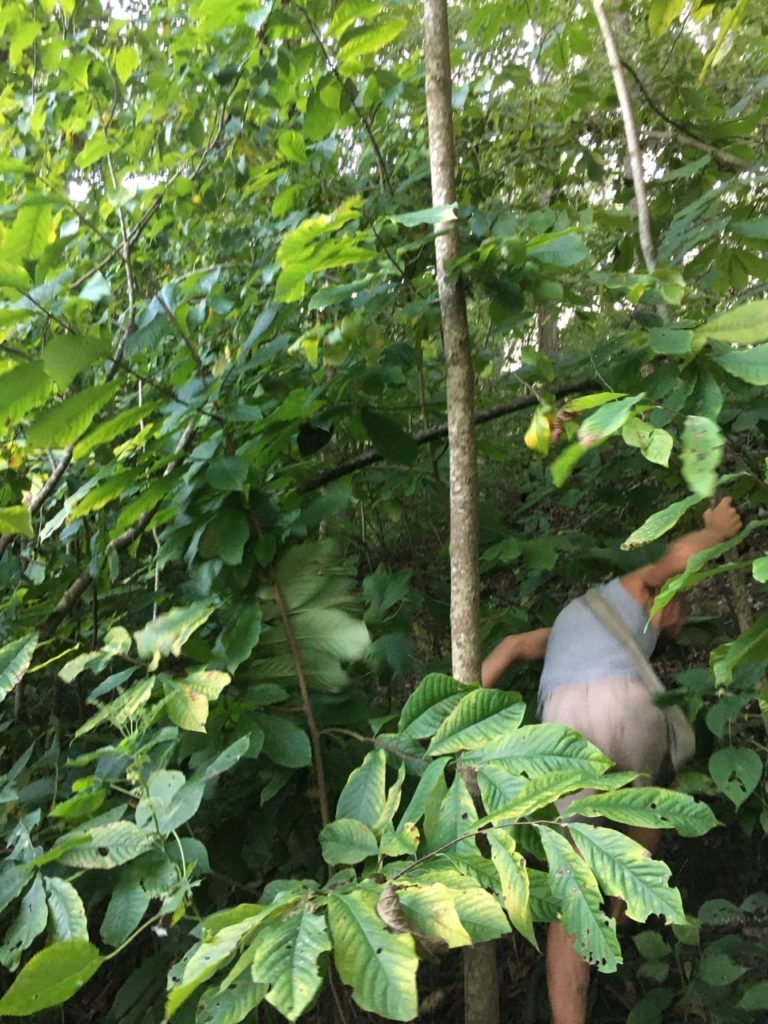
Pawpaws are here to stay, and this delights me and many other pawpaw fanatics to no end.
I first heard of this seemingly elusive fruit during my Permaculture Design course in 2008 in upstate New York. The largest fruit native to North America was previously unknown to me, and it wasn’t until moving to Missouri in 2016 that I got to try my first one. Providence was by my side as the raccoons had missed a most perfect fruit in full ripeness. Sumptuous and juicy; a true delight! This first fruit started a love affair and changed me forever.
For the dedicated forest gardener, part time hobbyist, wildlife enthusiast, pomologist and serious orchardists pawpaw have a lot to offer. In its native habitat in the southern part of Eastern North America pawpaws have evolved a number of clever survival strategies that are quite helpful to the home grower and commercial producer. Their foliage is unpalatable to herbivores, so unlike many other fruit trees they are not susceptible to browse pressure. This is major for areas with heavy deer populations. This is in large part due to anonaceaous acetogens that have been used in the production of natural pesticides and cancer medicines.

I always note that the leaves smell like green pepper, especially when crushed. The only predator of the leaves is the larvae of the zebra swallowtail butterfly , which is an obligate feeder. They rarely are of concerns as the damage they inflict is minimal. So growing pawpaws means you are supporting zebra swallowtail butterfly populations.
Their deep taproot and suckering habits often make for dense groves on river banks. This enables the established trees to mine subsoils for water and mineral resources, a theory behind why the fruits are so mineral rich. This also means that well established trees are able to withstand drought.
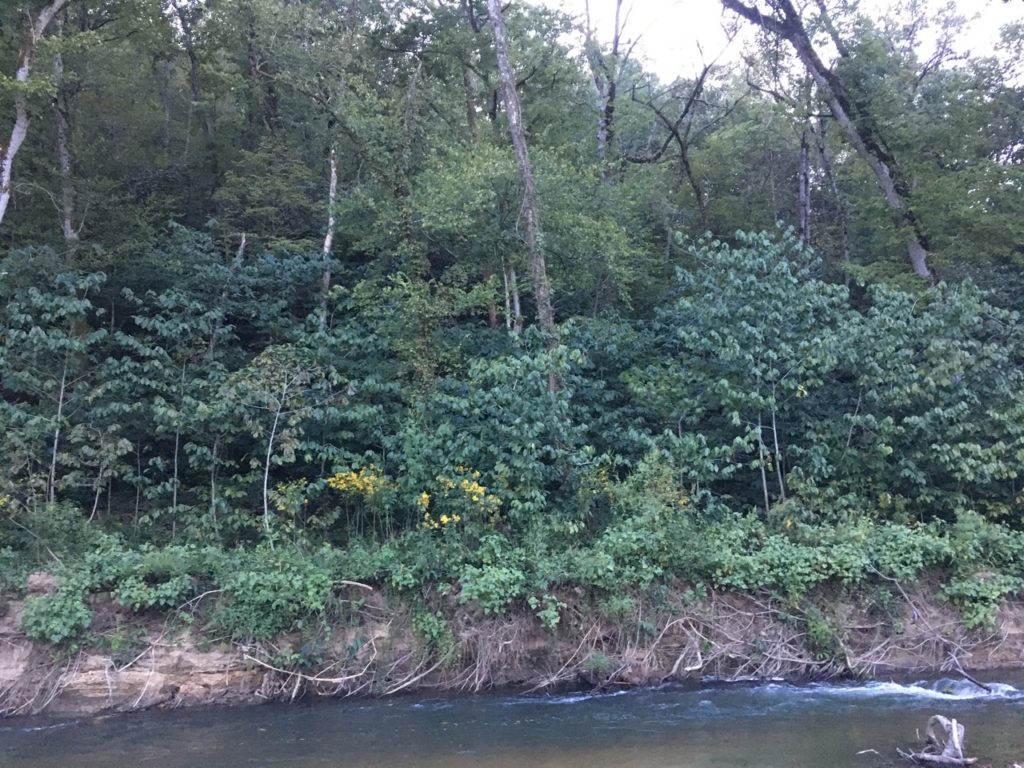
Few diseases plague the fruits, and for such a luscious and sweet fruit this trait stands out. The biggest threat to fruit predation is perhaps nocturnal mammals and humans! Once the fruit falls it’s fair game but even fruit out on limbs are often nabbed by raccoons and opossums.
The pawpaw is relatively new to the modern horticultural world, but has been enjoyed by humans and animals alike for millennia. Indigenous peoples have been in relationship with pawpaws for thousands of years, tending patches and planting orchards. While selections of superior trees have been made, it is only within the past 50 years that documented breeding work has begun. Huge thanks to Mr. Neal Peterson for his groundbreaking work in pawpaw breeding. Being a relatively undomesticated species pawpaws offers great potential to explore the genetic expression of this unique fruit tree. The seeds are fairly true to type meaning many of the traits exemplified by the parent tree they will show up in the offspring, but some variation occurs. This opens up a lot of opportunities for breeding.
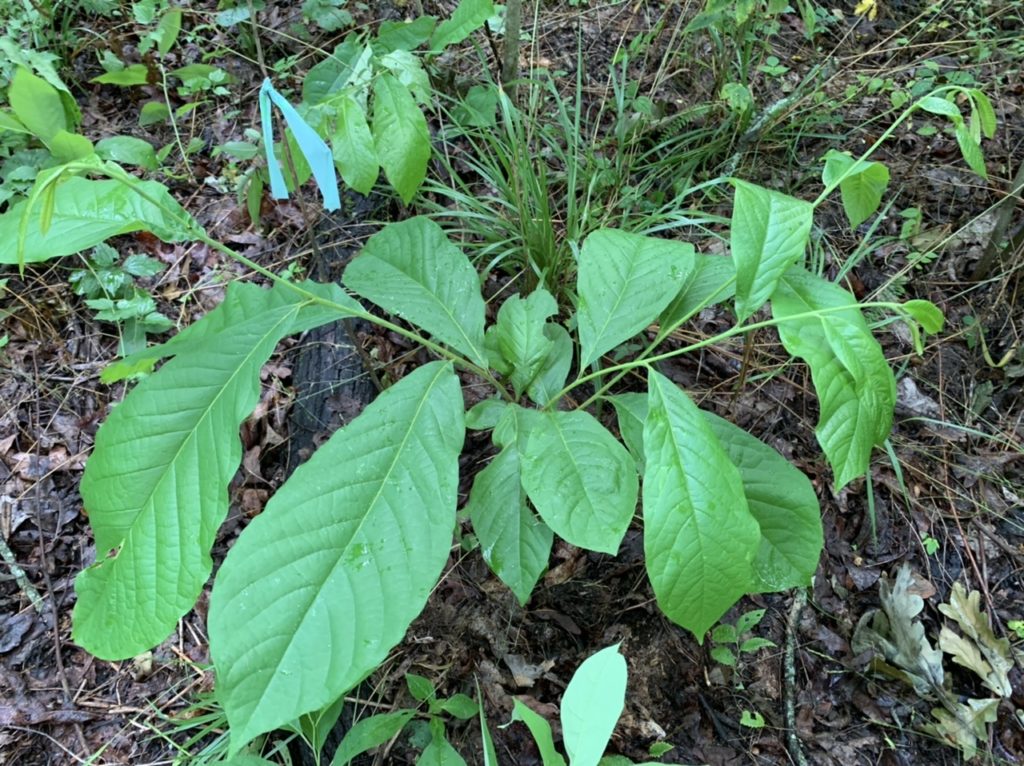
So why hasn’t the pawpaw been an integral part of a culture that loves sweet fruits so much?
It is a little complex, but a major factor that has limited its spread and economic potential is the perishability of the fruit. Pawpaws are best enjoyed perfectly ripe and until recently have been unable be shipped for sale. A waning interest in wild foods has also no played a role while the introduction of cheap and readily available fruits like bananas have helped push pawpaws further intro obscurity. Furthermore many folks never bothered cultivating the trees as they grew readily and need not be planted, so availability of the fruit has never been consistent.
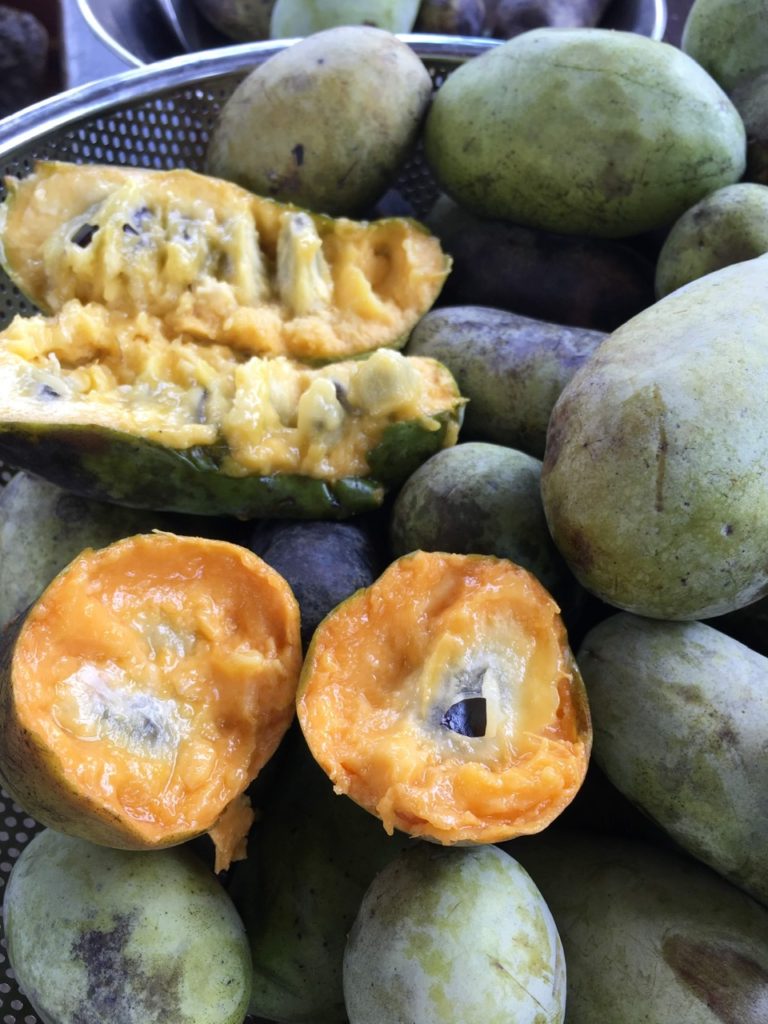
But you too can be part of an ever growing group of pawpaw enthusiasts who are helping pawpaw reclaim it’s place in North American culture. Whether through foraging wild patches near you, planting grafted cultivars or growing trees from seed pawpaws are one tree that everyone needs to know about.
